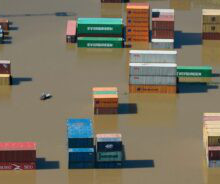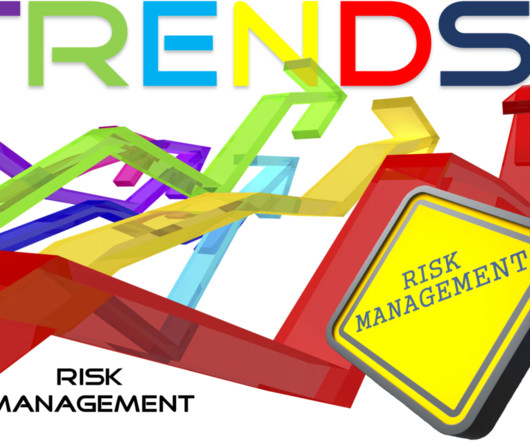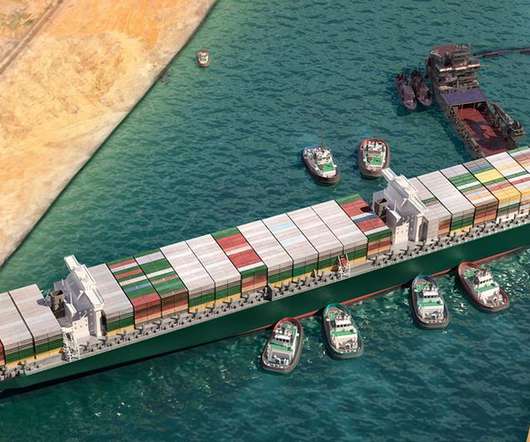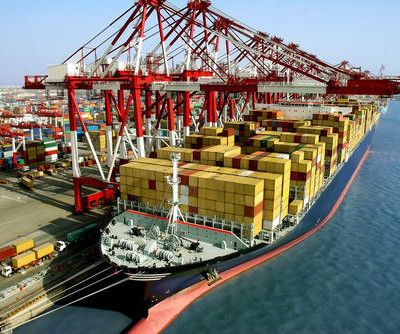Climate Change and the Supply Chain
Logistics Viewpoints
AUGUST 16, 2023
It’s good to see these companies recognizing the impact of climate change, and changing their policies, sourcing, and manufacturing practices to reduce emissions. According to the United Nations, climate change refers to long-term shifts in temperatures and weather patterns. Perhaps the biggest threat is rising sea levels.

















Let's personalize your content